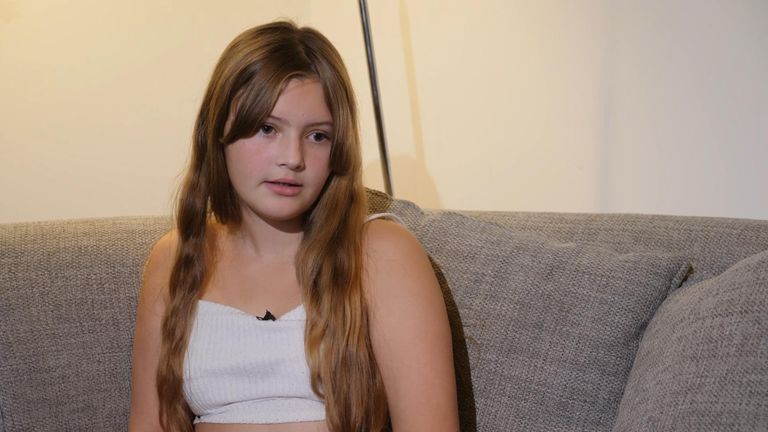Children with brain tumours will soon have access to drugs they can take at home, the NHS has announced.
The treatment is a first of its kind and clinical trials have shown it to significantly slow the progression of the disease, allowing children a better quality of life for longer.
The treatment is for children and young people with low-grade gliomas that have a specific genetic mutation.
It means they can be spared the harsh side effects that can come with chemotherapy.
It combines two drugs – dabrafenib and trametinib – and has been found to stop the disease progressing for more than three times as long as standard chemotherapy.
Sky News has been following 12 year-old Aaliyah’s progress as she underwent trials for the new treatment.
She has been taking dabrafenib and trametinib as part of a study at Great Ormond Street Hospital.
“I’m able to just take tablets twice a day and go to the hospital every few months, rather than be in hospital to have chemotherapy,” Aaliyah said.
“I’ve been able to start secondary school with my friends and go to pretty much all my lessons. I’ve also been able to be at home, rather than staying in hospital for treatment, and carry on my hobbies such as majorette.”
Following a green light from the National Institute for Health and Care Excellence (NICE), the treatment will now be available on the NHS in the coming months for people aged one to 7 with low-grade or high-grade gliomas that have a BRAF V600E mutation.
Gliomas grow in the brain or spinal cord and can be low-grade, where tumours grow slowly, or high-grade, where they grow more rapidly and can often be fatal.
The combination treatment, which is given at home rather than in hospital, works by targeting the proteins made by the altered BRAF gene that is responsible for uncontrollable tumour growth.
Around 150 children are diagnosed with low grade gliomas every year in the UK and around 30 are diagnosed with high grade gliomas.
Up to one fifth have a mutation in their BRAF gene which makes the tumours more resistant to chemotherapy.

